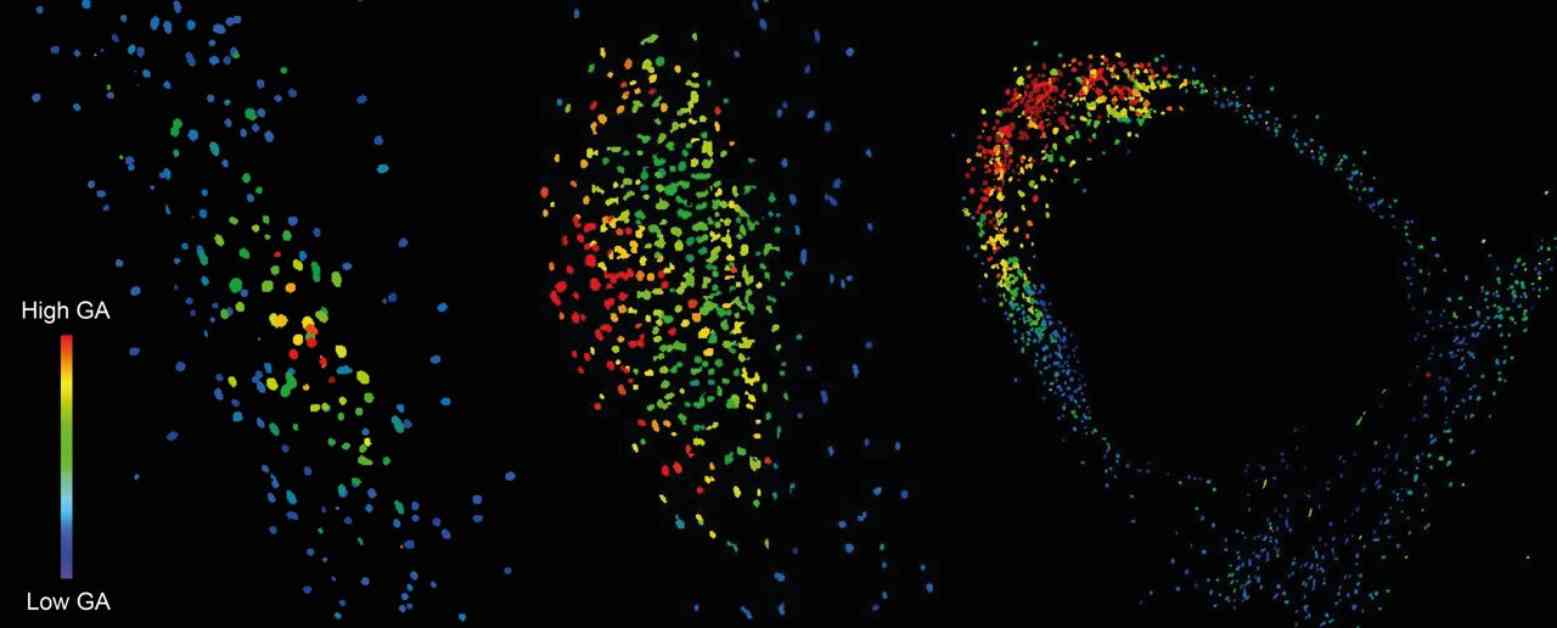Researchers at the University of Cambridge have made a significant breakthrough in understanding the role of the plant hormone gibberellin (GA) in nitrogen-fixation processes in legumes. By utilizing a next-generation biosensor, they were able to identify the specific timing and location where GA plays a crucial role in the formation and maturation of nitrogen-fixing root nodules. This discovery sheds light on the conflicting reports regarding the effects of GA on nodulation and provides valuable insights into enhancing crop yields sustainably.
Legumes have the unique ability to form nitrogen-fixing root nodules through a symbiotic relationship with nitrogen-fixing bacteria, allowing them to acquire nitrogen naturally. Unlike cereal crops that rely on synthetic fertilizers, legumes can self-sustain their nitrogen needs, leading to higher protein content in their crops. However, legumes cease nodule production in nitrogen-rich soil, limiting their potential for increased yields.
The research conducted by Dr. Alexander Jones’ team at the Sainsbury Laboratory Cambridge University (SLCU) and Professor Giles Oldroyd’s group at the Crop Science Centre focused on unraveling the complex genetic and biochemical pathways involved in nodule formation. By pinpointing the specific zones where GA is essential for nodulation, the researchers have taken a crucial step towards transferring nitrogen-fixing abilities from legumes to cereals.
The use of the next-generation biosensor allowed Dr. Colleen Drapek to visualize the precise localization and concentration of GA during nodule development. The findings indicated that GA accumulation is critical in the early stages of nodule formation and remains high throughout nodule maturation. By manipulating GA levels in symbiotic mutants, the researchers confirmed the significant role of GA in nodulation and its specificity to certain developmental zones.
Furthermore, previous research by Dr. Katharina Schiessl revealed a shared developmental program between lateral roots and nitrogen-fixing nodules, highlighting the importance of GA in nodule-specific development. Professor Oldroyd emphasized the essential insights gained from these findings for potentially transferring nitrogen-fixation to other crops like cassava and cereals.
Overall, the groundbreaking research on gibberellin’s role in legume nitrogen-fixation opens up new possibilities for sustainable agriculture and crop improvement strategies. By understanding the intricate mechanisms governing nodule development, scientists can work towards enhancing crop productivity while reducing reliance on synthetic fertilizers and mitigating environmental impacts associated with their use. The insights gained from this study pave the way for future advancements in agricultural biotechnology and crop breeding practices.












